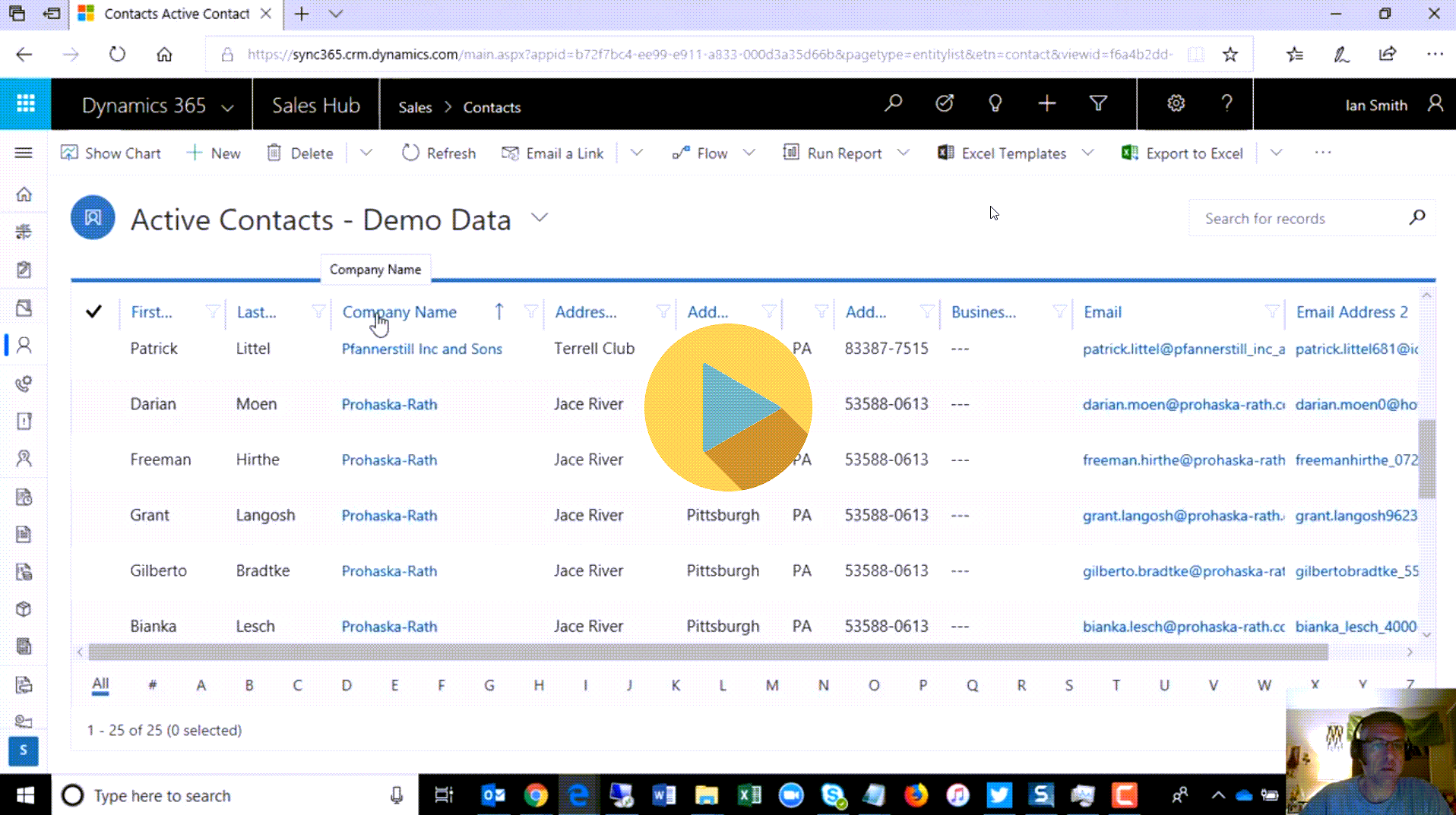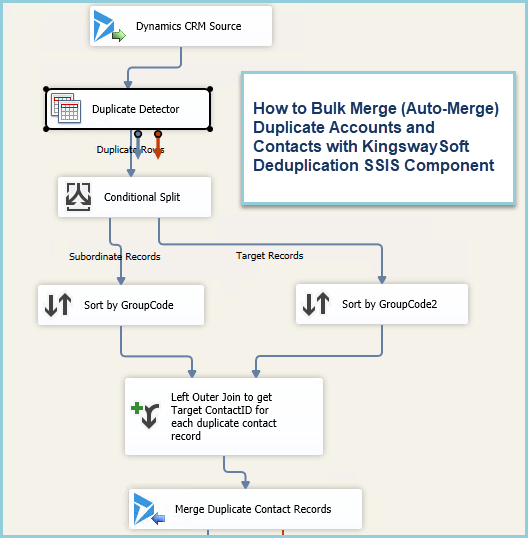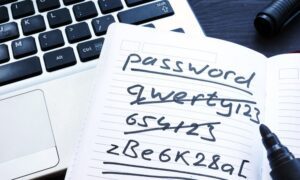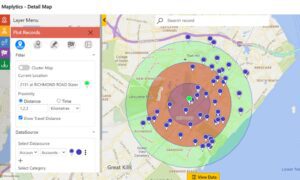Bulk Merge Duplicate Accounts and Contacts in Dynamics 365
If you’re looking for a way to bulk merge duplicate accounts and contacts in Dynamics 365, look no further. With the help of the KingswaySoft Duplicate Detector component and a little SSIS magic, you can make all your duplicate data disappear.



The Key Component
The KingswaySoft Productivity Pack provides over 100 useful SSIS components. The Duplicate Detector is the key cog in the wheel of de-duplicating your CRM accounts and contacts in bulk. The screenshot below shows how the SSIS package flows and this blog article from KingswaySoft provides a detailed explanation of how to find and merge CRM duplicates with ease.



Pros and Cons of Bulk Merge of Duplicate Accounts and Contacts in Dynamics 365
On the plus side, the bulk merge of duplicate accounts and contacts is highly-effective for large and small data sets. Once the job is setup, it only takes a mouse-click to kick it off, and will just take time to actually merge the records. So the length of time the job will run depends on how many duplicate records you have, and how much related data is associated with the duplicate records.
The related data would include child activities, etc. of contacts; and child contacts, opportunities, and activities, etc. of accounts. The child data will be “re-parented” during the merge.
Only accounts, contacts, leads, and customer service cases can be merged using this process.
You have to be careful to control which records will be the survivors of the merge process, and which records will be deactivated. You can control this by including all the important data fields of the entity in your Fetch XML source, and specifying that the preferred survivor records be the ones with the highest “Richness Rank,” meaning the records that have the most data points populated.
One last thing to be careful of, is to test to see how the re-parented activities will show in the Timeline. You may need to tweak the configuration of the Timeline window not show the “Modified By” as this would be the person that ran the de-duplication job.





